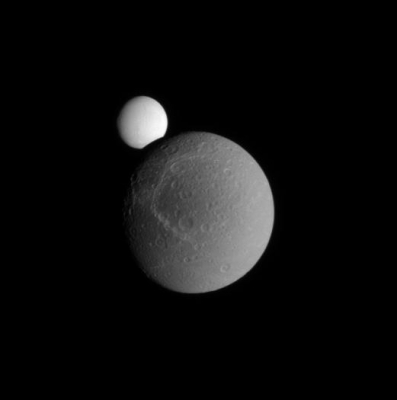
Moons — also called natural satellites — come in many shapes, sizes and types. They are generally solid bodies, and few have atmospheres. Most planetary moons probably formed from the discs of gas and dust circulating around planets in the early solar system.
There are hundreds of moons in our solar system — even a few asteroids have been found to have small companion moons. Moons that begin with a letter and a year are considered provisional moons. They will be given a proper name when their discoveries are confirmed by additional observations.
Earth’s Moon probably formed when a large body about the size of Mars collided with Earth, ejecting a lot of material from our planet into orbit. Debris from the early Earth and the impacting body accumulated to form the Moon approximately 4.5 billion years ago (the age of the oldest collected lunar rocks). Twelve American astronauts landed on the Moon during NASA’s Apollo program from 1969 to 1972, studying the Moon and bringing back rock samples.
Picture Credit : Google

